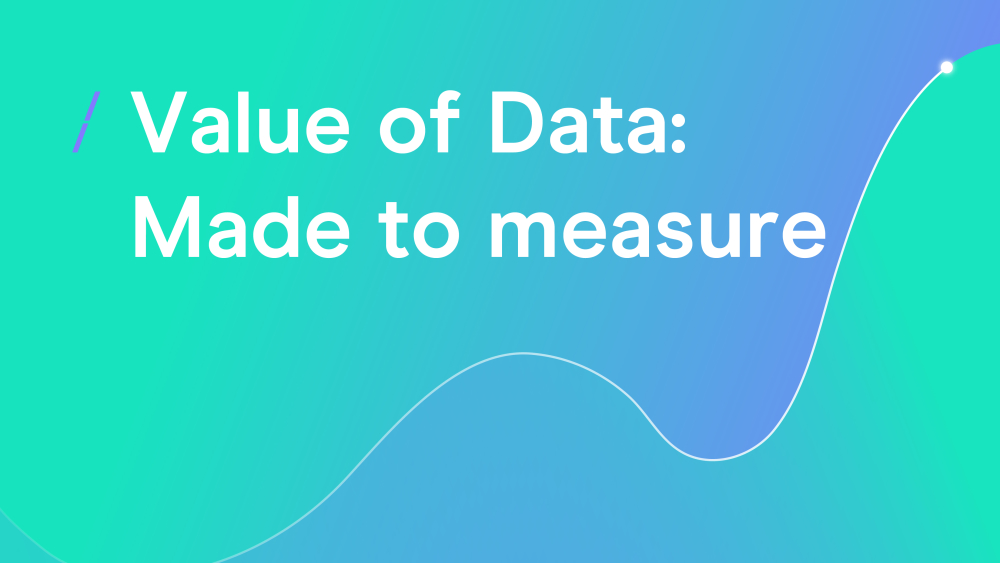Value of Data: Made to measure
18 May 2019

Everyone loves a league table, whether it’s for your favourite sports team, your kids’ school or your business.
There’s no doubt that the world of branding has benefitted from its three main rankings - researched annually by Kantar Millward Brown/WPP (BrandZ), Interbrand and Brand Finance - which have given a host of brands a clear valuation to brandish and a place at the boardroom table. So why doesn’t data get the same treatment?
As a brand consultancy, Squad has witnessed first-hand how often these rankings come up in client meetings. We often reference them in new business pitches too.
Yet valuing a brand is more than just a talking point. Since the advent of league tables around 30 years ago, many brands have found a way past sceptical accountants onto the balance sheet. Once there, brand value is hard to ignore. It’ll be discussed at board level and marketers will have ammunition to ask their organisations for investment in their goals.
Another advantage of the brand rankings is that they allow branding experts to discuss household-name examples in terms of their brand architecture. It’s best practice that can be adopted by all shapes and sizes of organisations.
A data league table might allow for a similar examination of methodology and go-to-market strategy in the context of competitor organisations. Agencies and other consultancies have just as big a role to play as brands in understanding and using any data valuation.
Thanks to a range of factors - the internet, GDPR and high-profile episodes like Cambridge Analytica to name just a few - data is now at the forefront not just of marketers’ minds, it has also found widespread awareness among the C-Suite and, crucially, customers. Data is no longer something that’s “nice to have”. It’s as essential to organisations as their brand, and there’s no reason why it shouldn’t be measured in a similar manner.
How we do that is the objective of this DMA Scotland campaign. At DataFest 18 in Edinburgh, we examined and discussed the current brand league tables. The first thing to note is the discrepancy in their total valuations: for BrandZ it’s $130bn; Interbrand’s Top 100 Global Brands are collectively valued at $48bn; and Brand Finance’s picks reach $90bn altogether. Despite these differences, the numbers attributed to individual brands are in themselves important. Without them, there’s a risk an organisation could be undervalued.
The same is true of valuing data. The task, however, has plenty of difficulties. For a start, what would we measure? What is the true link between data and revenue? It could mean placing a value on the size of the database, or the customer details it holds, or an organisation’s capabilities in using it – and even that can be measured in terms of customer relationship, experience, lifetime value and a range of other attributes.
Meanwhile, with so much at stake in terms of using data responsibly and the dire reputational consequences of not doing so, the industry must ensure value is not employed simply to prove an organisation’s clout or for any other financial gain.
Clearly, for this to work we need a thorough examination of the options and a common goal of getting data onto the balance sheet. It feels like the right time to be having this discussion while data is such a hot topic and there’s also broad agreement that it really is valuable.
It won’t be easy agreeing a data valuation system that suits all types of establishment and, I suspect, harder still getting accountants on board. But in the context of what valuation has done for brand, it’s a nettle worth grasping.
Rob Gray, managing / strategy partner, Squad.
To read an introduction to the Value of Data project, click here.
Please login to comment.
Comments